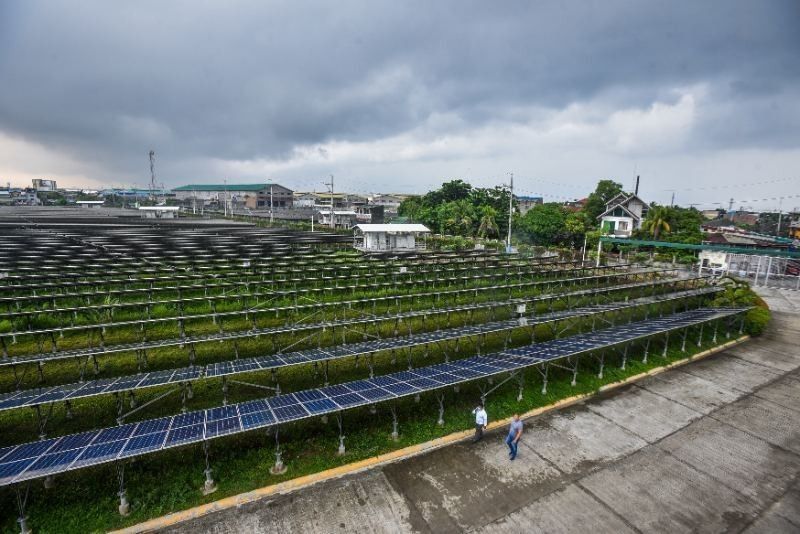How outcomes of G20, COP27 summits could affect Philippines' RE ambitions

MANILA, Philippines — The Philippines can achieve its conservative renewable energy ambitions regardless of the outcomes of the COP27 climate conference and G20 summit, and the country should attain the target as quickly as possible, an energy analyst said.
Centre for Research on Energy and Clean Air Southeast Asia analyst Isabella Suarez said the government’s target to raise the share of renewable energy in the energy mix to 35% by 2030 “felt achievable” even before the major global summits in Sharm El Sheikh, Egypt, and in Bali, Indonesia.
Suarez said this is due to key policy revisions and announcements such as the higher quota for contracted renewable energy, and the opening of the country’s clean energy sector to full foreign ownership.
“I think getting to the 35% target as quickly as possible even before 2030 should be a priority, not only because of the achievability, but also because it’s the surest way for us to improve our energy security in the near term,” she said.
By 2040, the Philippines is eyeing a 50% share of renewable energy in the country’s overall generation mix.
President Ferdinand Marcos Jr. reiterated these clean energy goals during the Asia-Pacific Cooperation CEO Summit in Thailand this mid-November.
‘Hard to attain’
But for Philippine Movement for Climate Justice national coordinator Ian Rivera, the country’s renewable energy targets “will be difficult to attain, even how conservative those targets are” following the outcomes of COP27 and G20.
“But that does not mean for the Philippines not to review and enhance its targets,” Rivera said.
At the landmark climate summit in Egypt, nations agreed to set up a “loss and damage” fund that will compensate poorer countries battered by climate disasters.
Groups welcomed the creation of a long-overdue fund for climate victims as a step forward in attaining climate justice, although it will likely take several years to hammer out its details such as the timelines for establishing the facility and the sources of funding.
While COP27 closed with a breakthrough agreement to provide loss and damage funding, it failed to make progress on raising mitigation ambition and scaling up climate finance.
The Sharm El Sheikh deal positively mentioned renewable energy, but the text missed the opportunity to set clearer ambition on renewable energy and energy efficiency to meet the target of capping global warming to 1.5 degrees Celsius, a safe limit according to scientists.
The COP27 deal also reiterated calls from the COP26 pact in Glasgow to accelerate “efforts towards the phasedown of unabated coal power and phase out of inefficient fuel subsidies.”
Such language was also present in the final text from the G20 meeting in Bali, prompting criticisms from climate and clean energy campaigners.
“1.5C does not live or die in a negotiating room, but COP27 has shown that the political will to drive the collaboration and investment needed to stay under that limit is still yet to be found,” said Tom Evans, policy advisor and mitigation expert of climate change think tank E3G.
“The G20 statement completely ignores the recommendation of climate science that we need to phase out all fossil fuels—including oil and fossil gas—if we wish to limit global warming to 1.5 degrees Celsius,” said Ivan Enrile, IBON International’s climate justice programme lead.
Raise ambition
To align with the 1.5 degrees Celsius target, the Philippines needs to increase the share of renewables in the power generation mix to 80 to 83% by 2030, according to a Climate Analytics research commissioned by the Center of Energy, Ecology, and Development.
The research also said that the country must phase out all fossil fuels by 2035.
CEED executive director Gerry Arances stressed that more than doubling the government’s current renewable energy ambitions is possible, especially with pronouncements on fast tracking offshore wind development.
“At 31 GW, the capacity of all approved offshore wind contracts combined already exceeds the total capacity we have installed nationally today. Much more of our other available renewable energy sources also wait to be tapped,” he said.
--
This story was supported by Climate Tracker Asia.
- Latest































